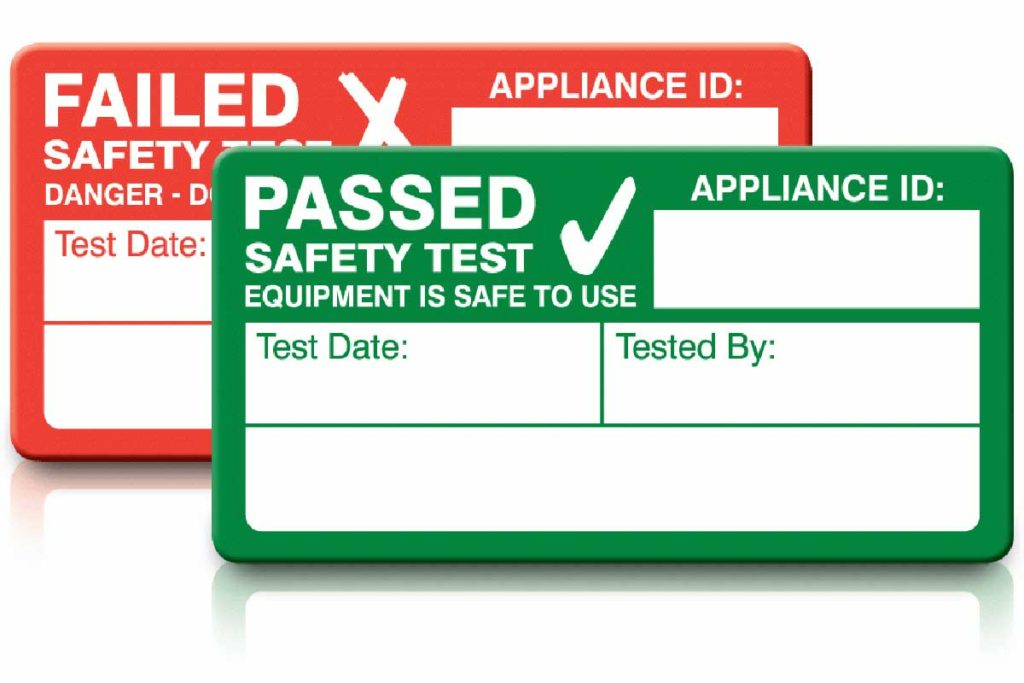Portable appliance testing (PAT) is the examination of electrical appliances and equipment to ensure they are safe to use. There are many myths about PAT but you can use these frequently asked questions to find the key facts about the inspection and testing of portable electrical equipment.
You can also download the leaflet Maintaining portable electric equipment in low-risk environments. It sets out simple and sensible precautions you should take to prevent danger from portable or movable electrical equipment.
For our maintained schools, portable appliance testing is programmed every 2 years, and a contractor will visit the site and check all these appliances. This inspection is logged on Civica and if the inspection is managed completely by Education Property, they will update it on the school’s behalf, upload a certificate (service sheet) and close it. The school has the ability to access these certificates. If you apply the ‘Owner’ filter, in your inspections page, click on your school’s name, it will only show the inspections we need you to update, and hide the inspections managed by Education Property to avoid confusion.
In the interim year, a visual inspection needs to be carried out, you can use the list from the contractor and simply tick each item off once checked.
After reading the HS F23a Visual Inspection – Guidance, when completing your formal visual inspection, you should:
Check the appliance to:
- Be satisfied that you are using the equipment in accordance with the manufacturer’s instructions.
- Consider any issues you’ve had with the equipment that may provide an indication that the equipment is not working correctly and may be unsafe.
- Check the appliance has adequate ventilation.
- Confirm the equipment is being used in a suitable environment.
- Confirm there are no obvious cracks, physical damage, or deterioration to the casing of the equipment.
- Confirm there are no obvious signs of overheating.
Check the appliance cable to ensure that:
- The lead is intact and without cracks or fraying.
- Any obvious signs of overheating (such as melted plastic or cable insulation, brown/black areas or burnt smell).
- There are no joins other than those made by the manufacturer.
- The lead does not have to be stretched taught to reach the socket outlet and is suitably placed to avoid damage.
- All push-in connections are firmly in place.
Check the plug for:
- Accessibility of the plug. This is important so that the equipment can be disconnected quickly in case of emergency.
- Proper fuse installed. Make sure fuses they are the right rating and not a piece of wire or nail.
- Physical damage (cracks or loose casing, loose, missing or bent pins, missing or broken cable grip).
- Power cable partially pulled out of the plug, or it is not gripped firmly where it exits the plug.
- Signs of damage to wall sockets e.g., visually check for scorch marks and cracks.
- Check that the capacity of any multiple socket devices in use is not being exceeded.
- Signs of overheating, discoloration or entry of dust or liquid into the plug.
The HS F23b Visual Inspection Checklist should be attached to the front of the contractors list confirming all visual inspections were completed to the F23b standards and requirements.
Learn more:
HS23 Electrical Equipment Policy
HS F23a Visual Inspection – Guidance
HS F23b Visual Inspection Checklist
Blackboard course on Basic Electrical Safety
HSE’s website also has general advice on electrical safety at work
Please email CHSU@somerset.gov.uk if you would like to know more.

